As society strives toward greater equality, the overlapping yet distinct struggles of the LGBTQ+ and women’s rights movements can sometimes align beautifully, and other times, collide messily. Let’s critically examine these intricate dynamics and challenge ourselves to think deeply about their implications.
1. Bodily Autonomy
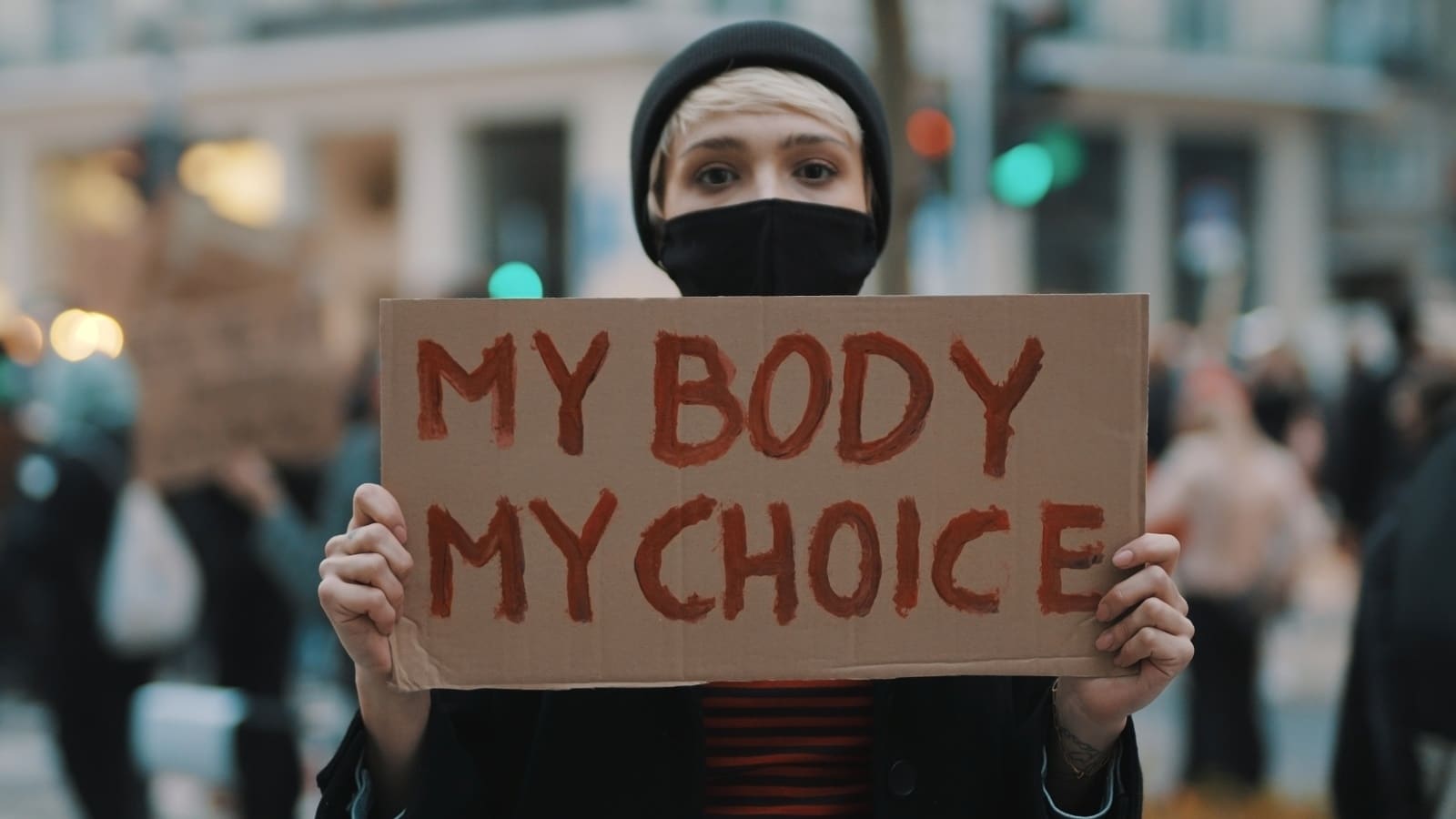
Women’s movements have long fought for bodily autonomy, particularly concerning reproductive rights. How does the transgender focus on bodily autonomy align or conflict with women’s rights in this area?
2. Single-Sex Spaces
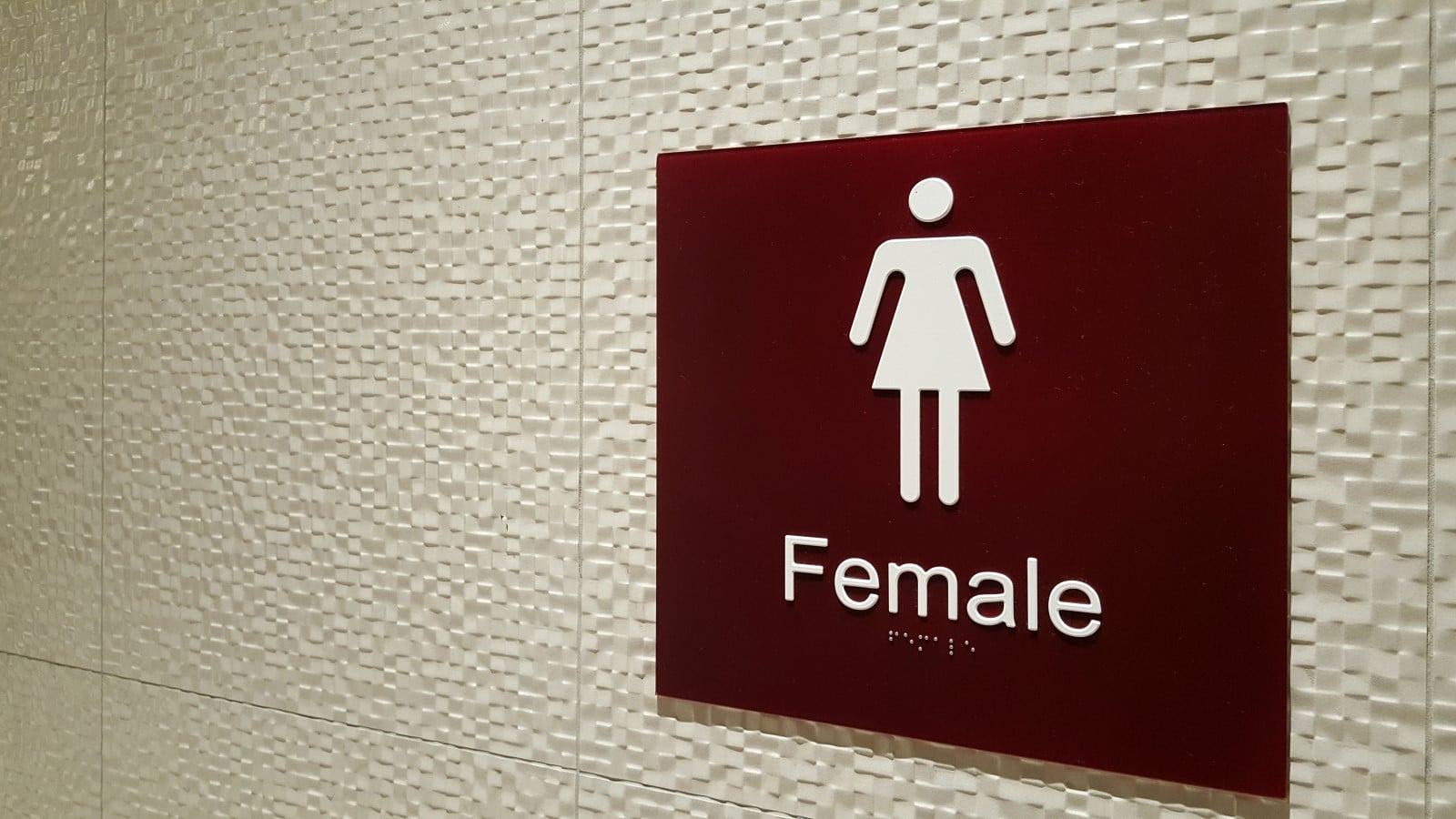
The demand for access to single-sex spaces by transgender individuals can clash with feminist advocacy for women-only spaces, which are seen as safe havens from male violence. Where should the line be drawn?
3. Sports Participation
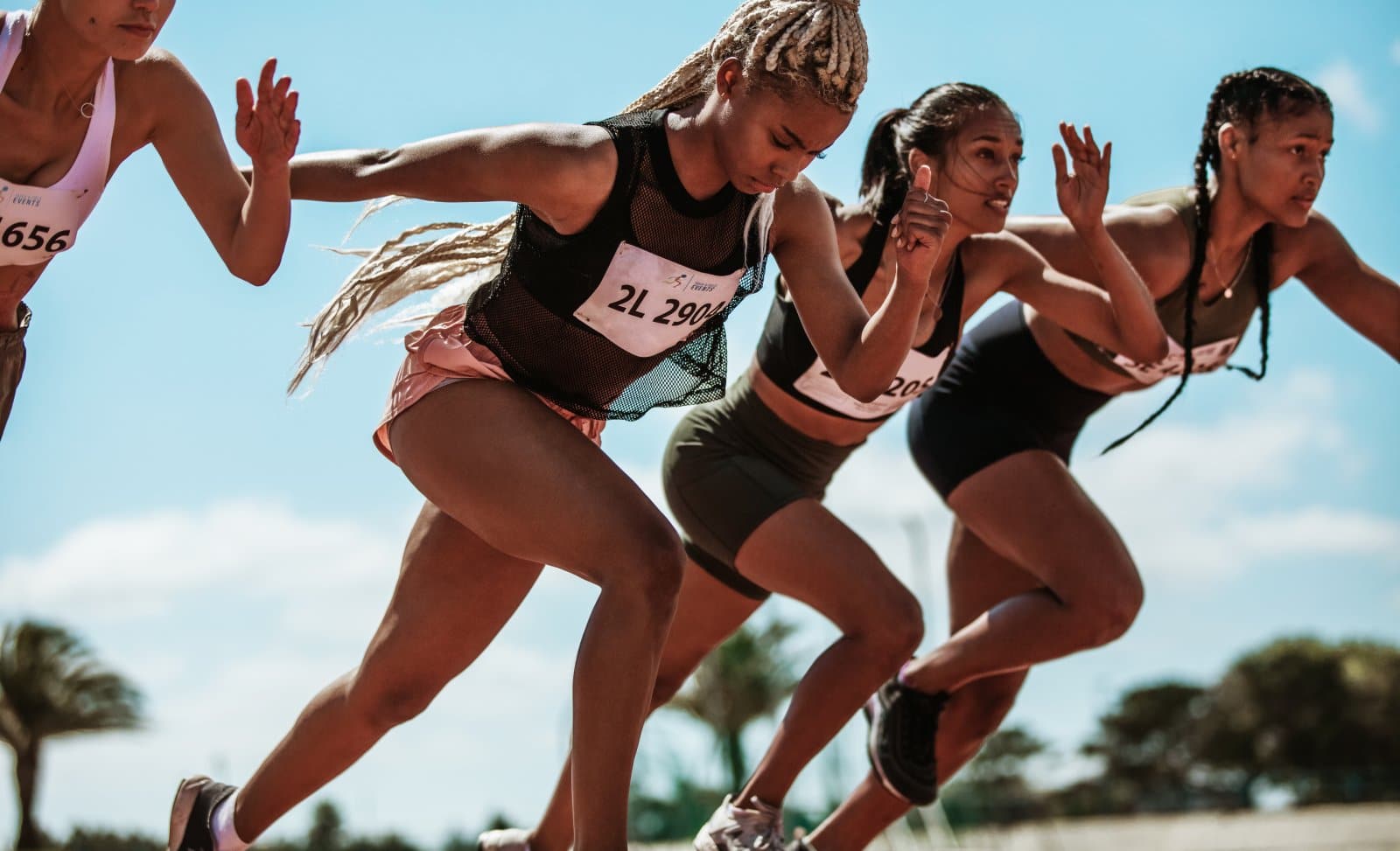
Transgender women participating in women’s sports is a hot-button issue. Critics argue it could undermine fair competition, a cornerstone of women’s rights in sports. Is there a fair compromise?
4. Definition of Womanhood
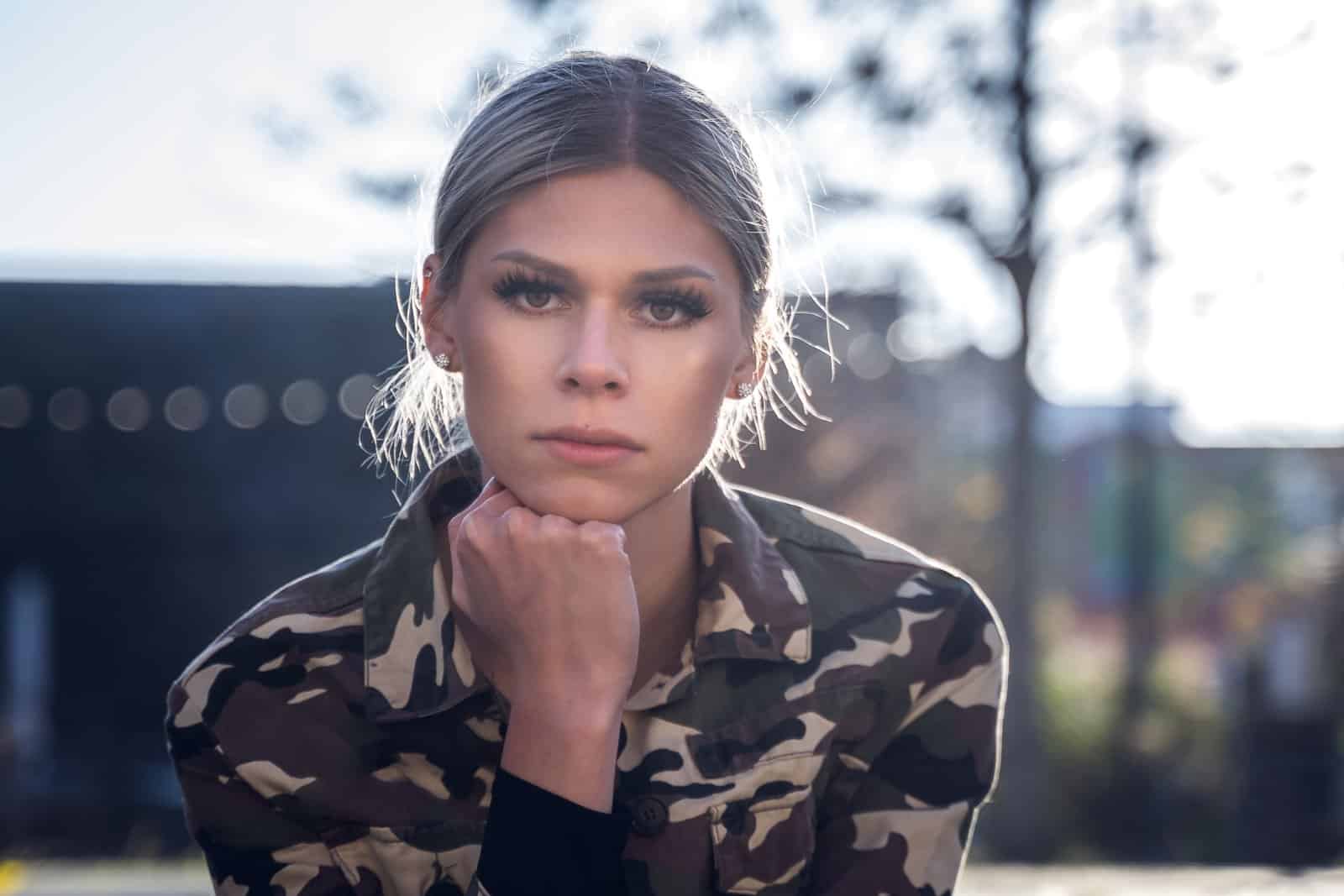
Feminists have fought to define womanhood beyond biological determinism, yet some feel the definition of a woman as anyone who identifies as one could undermine these efforts. How do we reconcile these viewpoints?
5. Affirmative Action

Policies designed to help women overcome historical disadvantages may be impacted by the inclusion of transgender women. Does this dilute the intent of such policies?
6. Healthcare Priorities

With limited funding, should women’s health initiatives prioritize reproductive services, or should equal emphasis be placed on healthcare services for transitioning individuals?
7. Language and Erasure
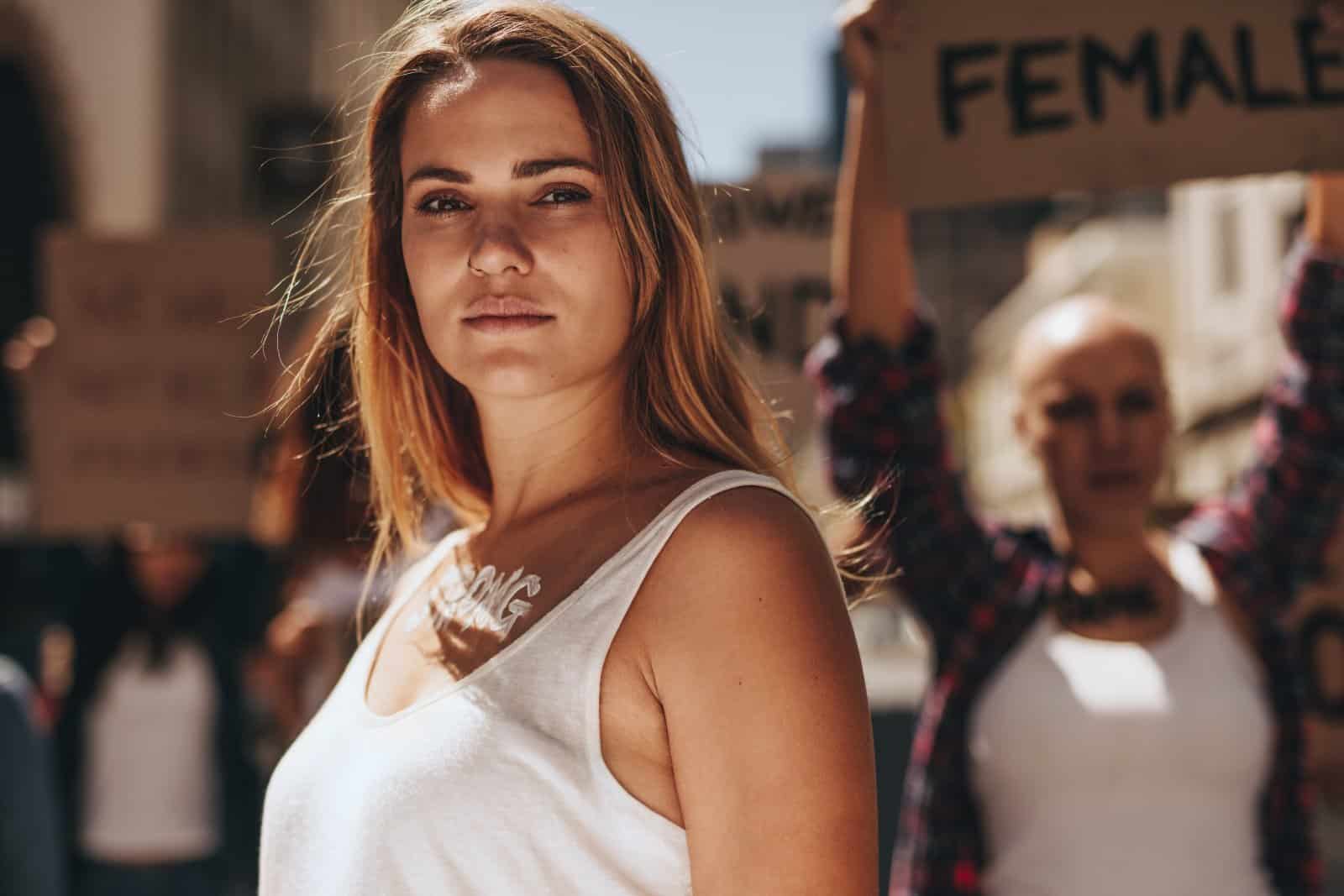
The push to use gender-neutral language to be inclusive of transgender and non-binary individuals is seen by some feminists as erasing language specific to women’s experiences. Does inclusive language harm or help?
8. Gender vs. Sex
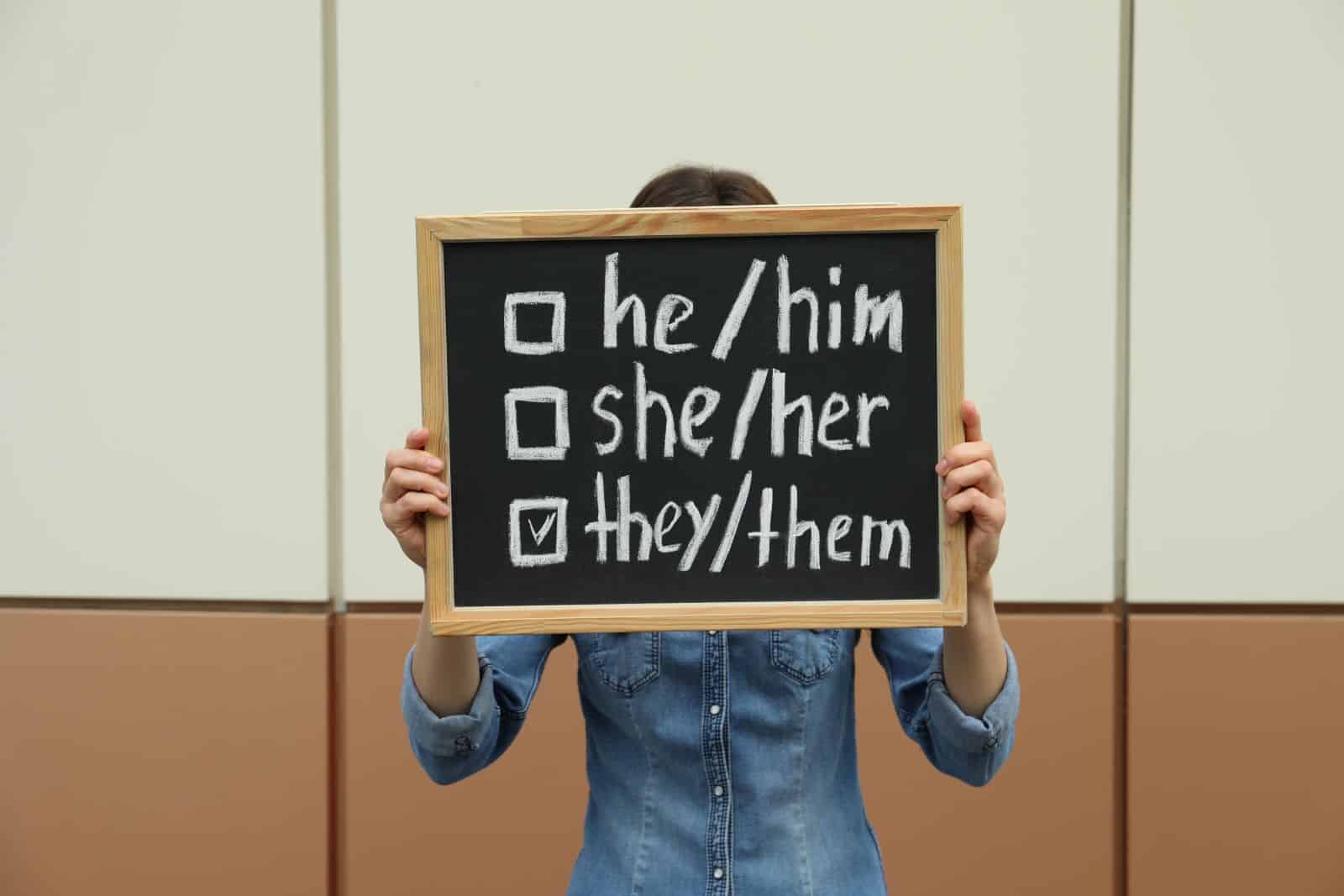
The distinction between gender and sex is fundamental in transgender ideology but often conflicts with feminist analyses that focus on the material reality of biological sex. Which perspective serves the greater good?
9. Political Representation
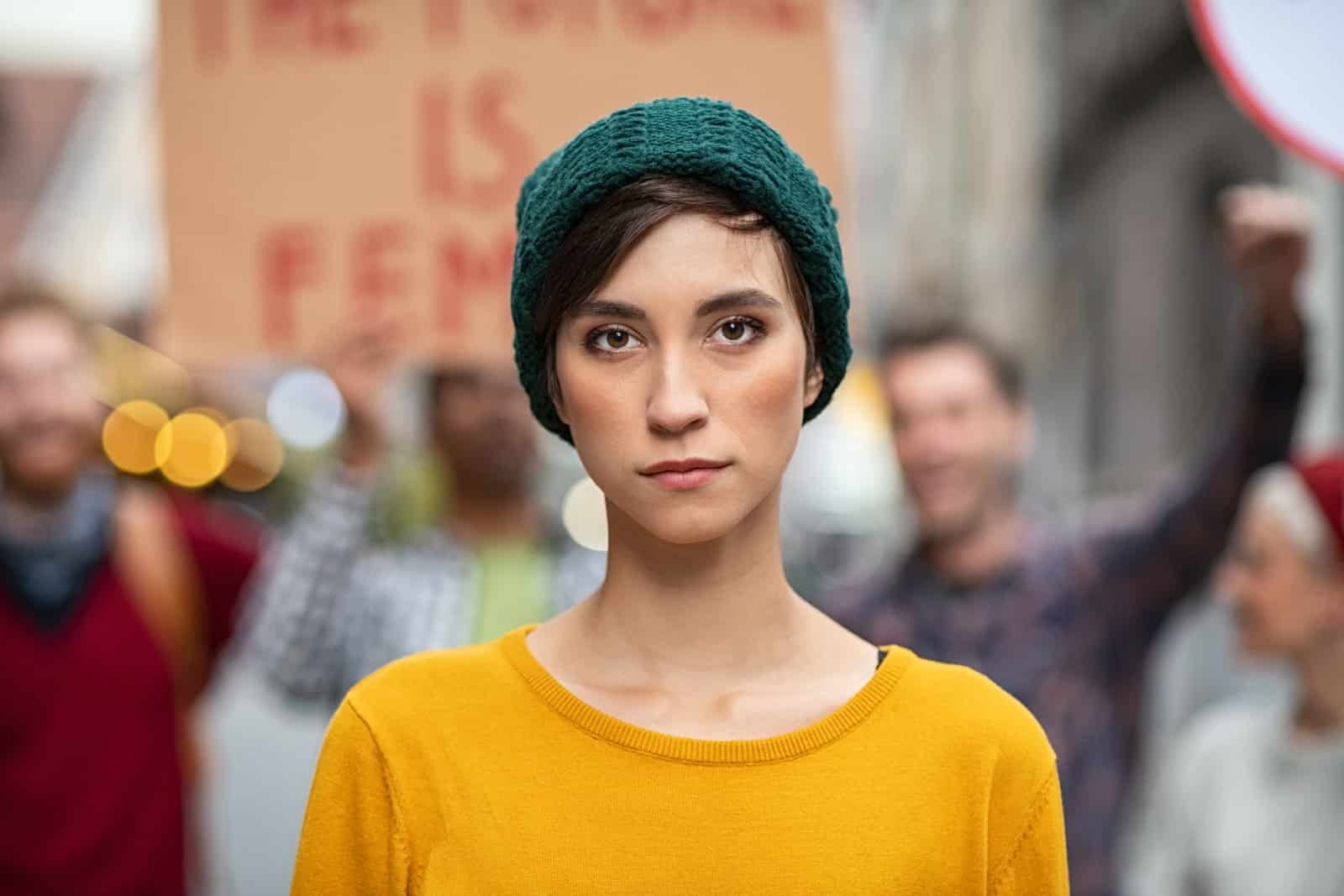
As more transgender individuals gain political platforms, some feminists feel that the issues traditionally associated with women’s rights are being sidelined. Is representation being fairly distributed?
10. Prison Placement

The placement of transgender women in women’s prisons is controversial, particularly concerning the safety and comfort of cisgender women inmates. What’s the solution?
11. Funding for Causes
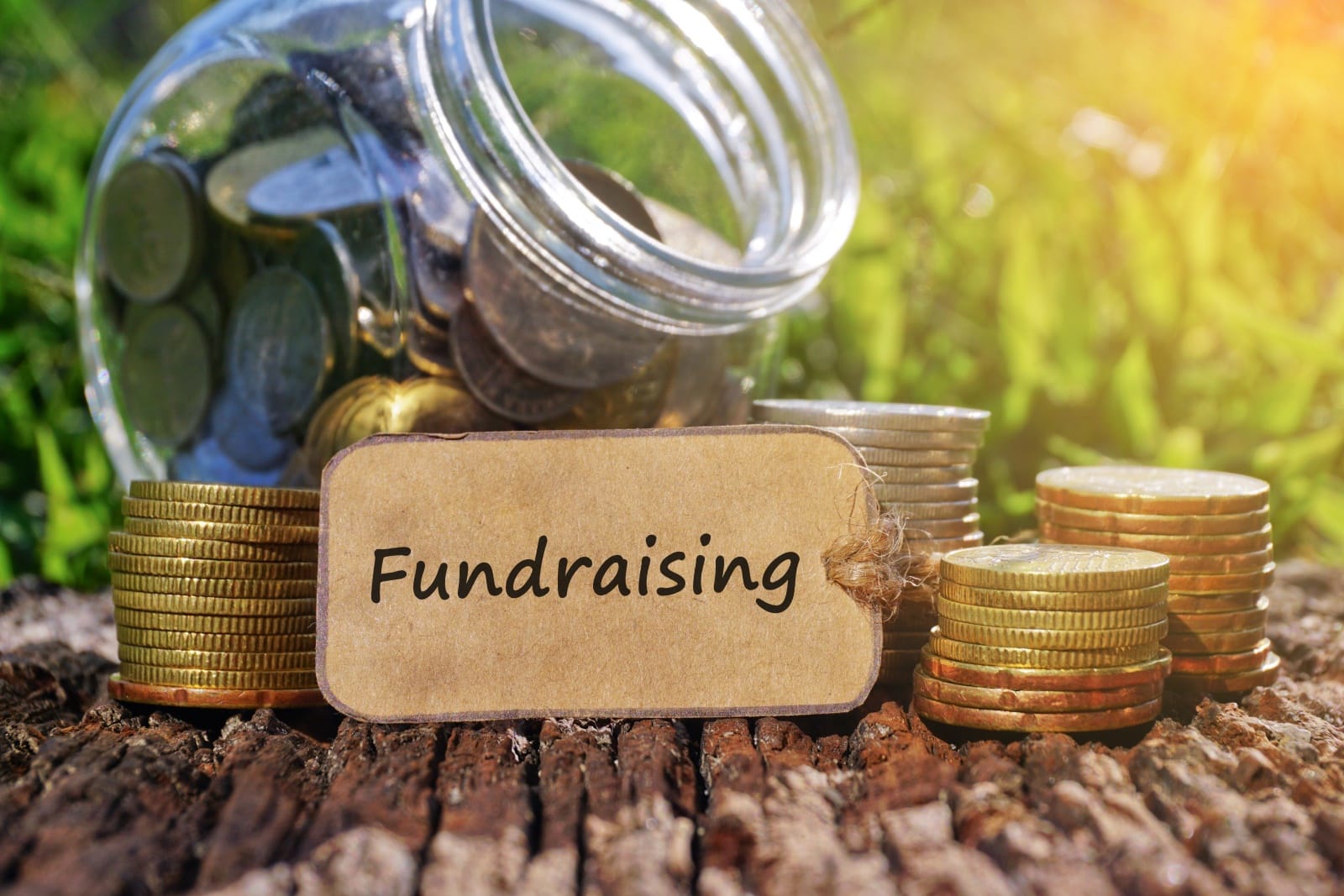
There’s competition for funding between LGBTQ+ groups and women’s rights organizations. How do we ensure adequate support for both?
12. Historical Recognition
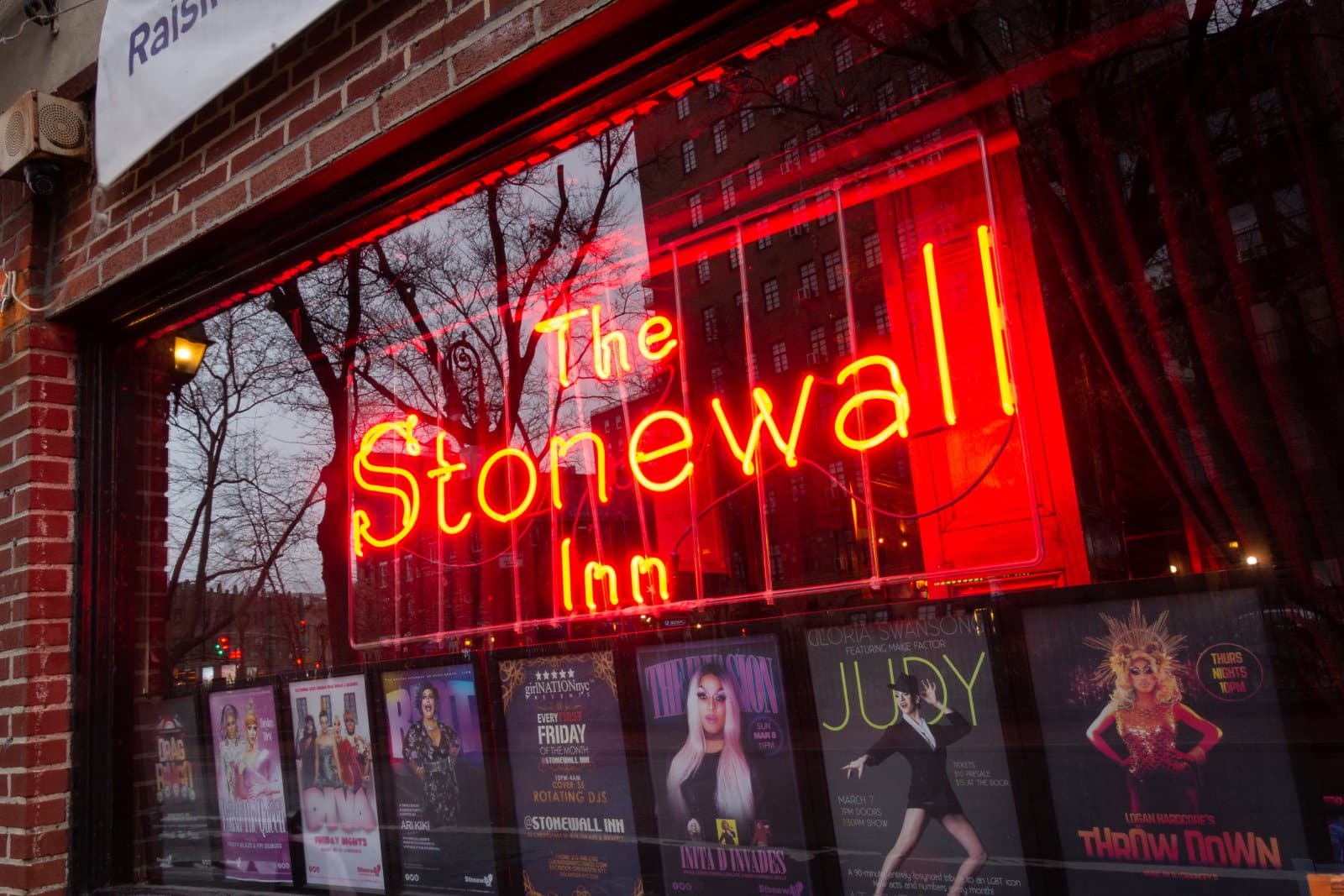
The role of women in the history of LGBTQ+ rights, such as at Stonewall, can be underrepresented or overshadowed in modern narratives. How do we honor all contributors?
13. Scholarships and Programs

Should scholarships and programs designed for women be open to all who identify as women, and what impact does that have on the original goals of these initiatives?
14. Youth Transitioning

The increasing acceptance of youth transitioning raises complex questions about consent, age appropriateness, and irreversible decisions. How do we protect all minors’ rights?
15. Parental Rights
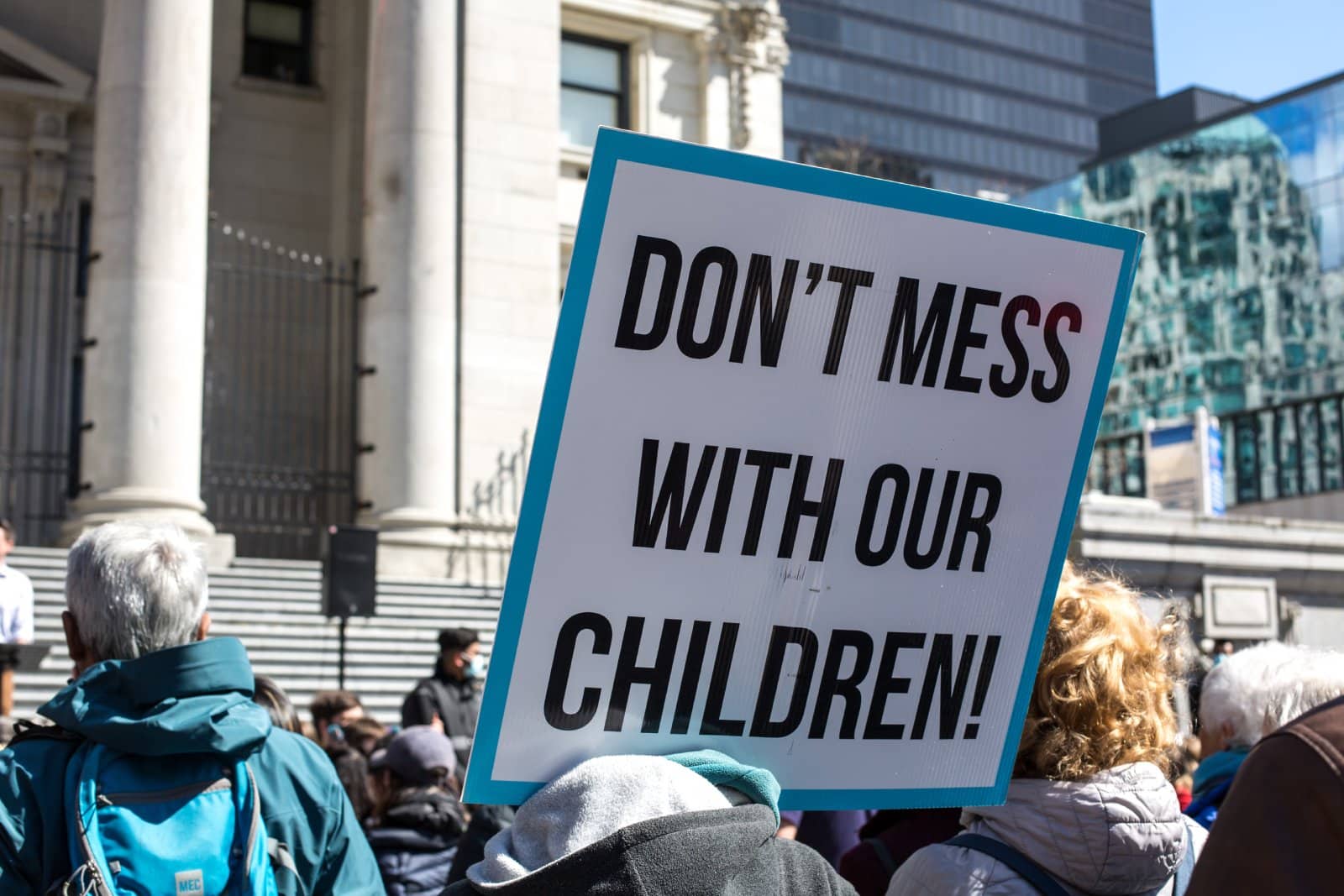
In cases where parents disagree on the gender identity of their child, whose rights should prevail? How do we balance the rights of the child with the rights of the mother?
16. Lesbian Visibility
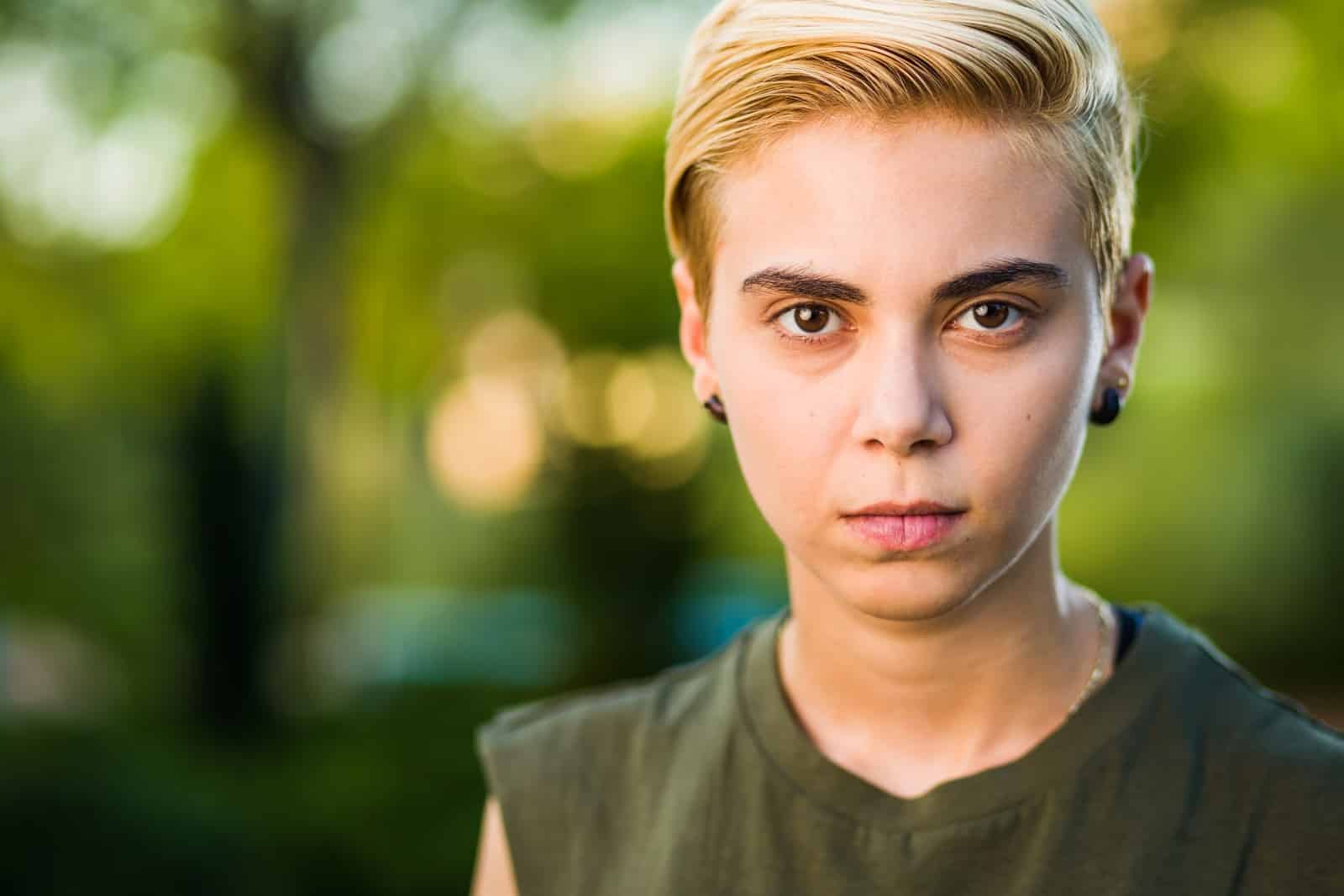
Some lesbians feel that the ‘T’ in LGBTQ+ dominates community discussions, potentially marginalizing lesbian visibility and issues. How can we elevate all voices?
17. Feminist Leadership
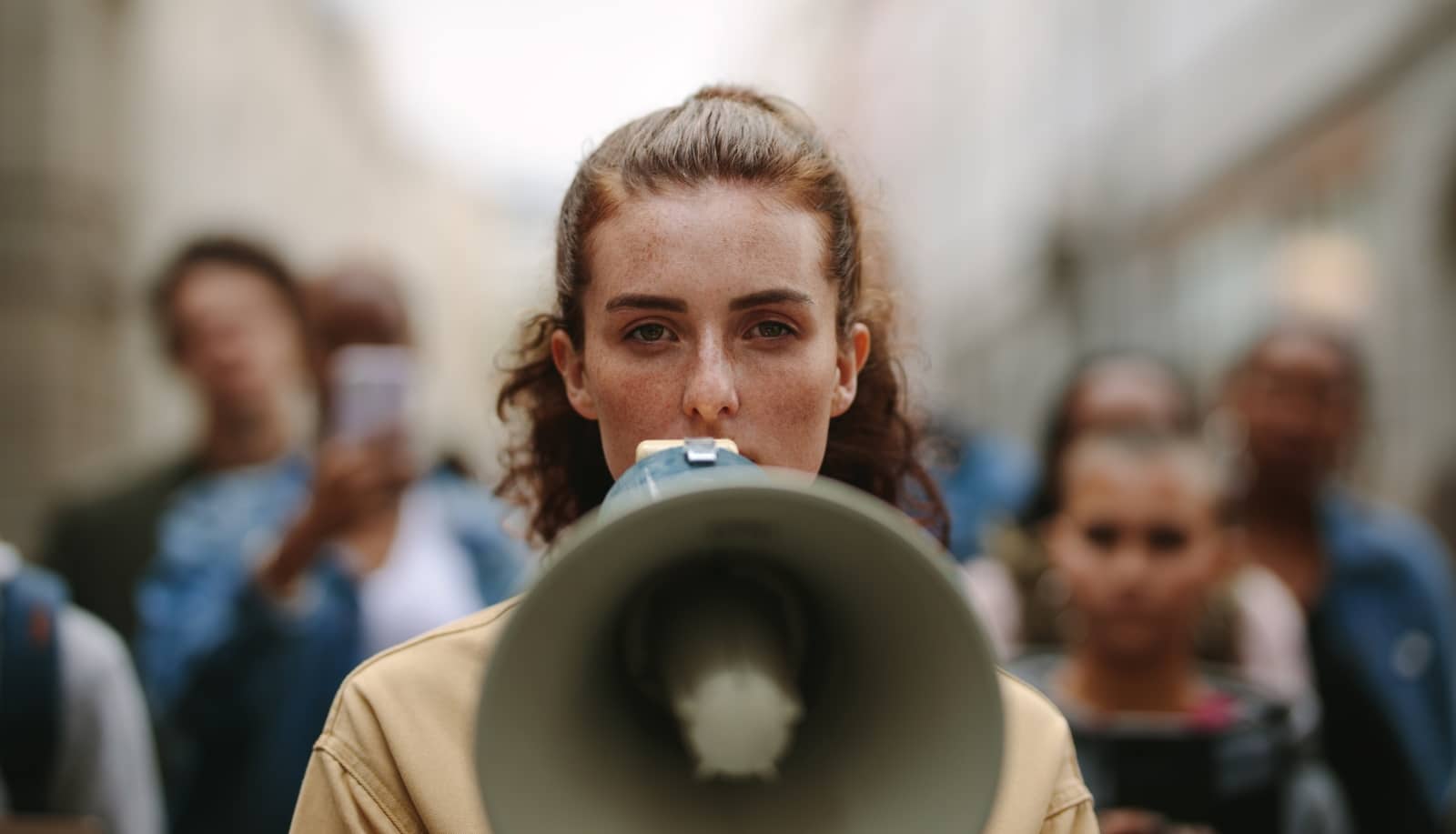
As feminist movements seek to be inclusive, there is tension about leadership roles and whether they should prioritize cisgender women or be open to all. Who should lead?
18. Media Representation

The portrayal of transgender issues often gains significant media attention; meanwhile, traditional women’s issues like wage inequality receive less focus. How do we balance media representation?
19. Cultural Practices

Cultural practices that oppress women, like forced marriage or FGM, require urgent action. Does the focus on transgender rights detract from addressing these severe issues?
20. Dialogue and Dissent

Open dialogue between LGBTQ+ and women’s rights activists is essential, but dissent can lead to accusations of bigotry. How can we foster discussions that respect all perspectives?
Your Reflection

As you consider these points, where do you stand on the spectrum of supporting diverse yet potentially conflicting rights and interests? Reflect on how these debates impact not just policy and community attitudes but also personal lives and identities. What can you do to ensure a fair and inclusive approach in your own advocacy and community involvement?
The post 20 Points Where LGBTQ+ and Women’s Rights Movements Intersect and Diverge first appeared on Pulse of Pride.
Featured Image Credit: Pexels / Edmond Dantès.
For transparency, this content was partly developed with AI assistance and carefully curated by an experienced editor to be informative and ensure accuracy.

